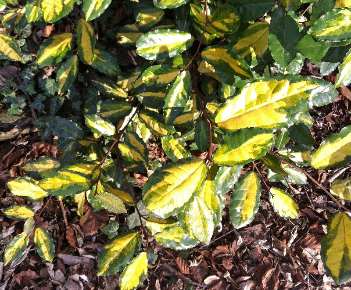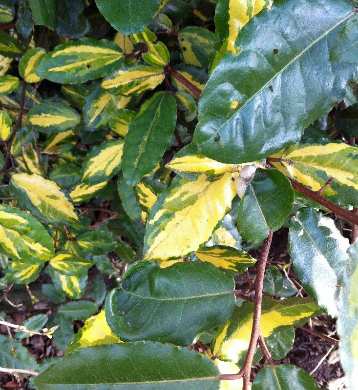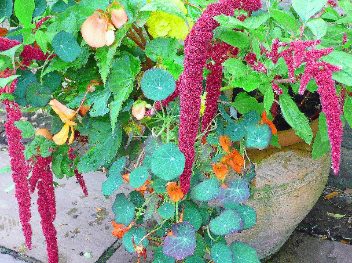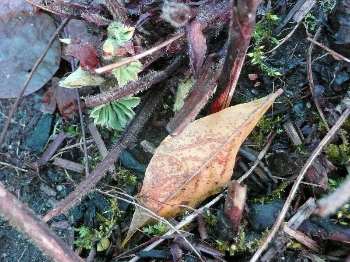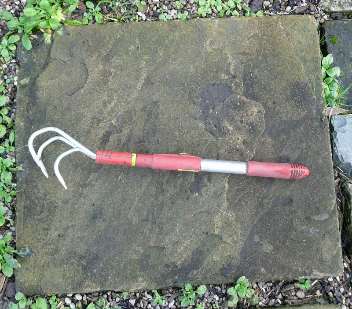In the greenhouse
Posted on
|
The greenhouse is full with all sorts of plants. Some are slightly tender perennials which are over wintering in the safety of the greenhouse. There is a tray of autumn sown Sweet peas which I have just cut back, again, as they are growing steadily in the (so far) warmer winter. There are also several trays of hardy perennials which I bought as tiny plug plants, very cheap, which I have been nuturing for planting out this coming season. Since the plants are still small, image bottom right, I didn't want risk them outside for the winter. But, and so often there is a but, the winter has been damp and mild which gives rise to mould, botrytis, often present with poor ventilation. One way to try and prevent it is to open the greenhouse doors as often as possible on milder days. If it does strike, as in image on the far left, cut away and clear up all affected leaves and this may well halt it. The image center shows the plant with the leaves all cut off and cleared up. It's a good idea to cut off and bin anything in the greenhouse looking like this which may infect other plants and just tidying up in this way can contain the mould. The good news is the Autumn planted garlic, which I put under glass because of the soil conditions, is sprouting up now and hopefully can be planted out early spring for a longer growing season. I will plant it along side spring planted garlic and see at the end of the year if either crop fares better than the other. Garlic is one of the easiest crops to grow for advise how to plant garlic this spring Most sweet peas are germinated and grown in the spring, and they are easy to germinate. For tips on germinating and growing sweet peas. The same will apply to the autumn sown sweet peas, will they flower longer and earlier. or is it just not worth the trouble? It will be fun to find out and I will post to the blog at the end of the year. |
||
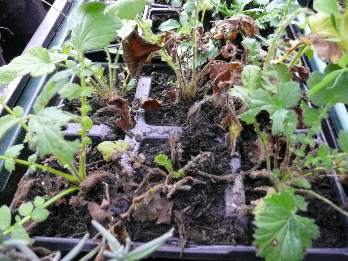 |
 |
 |

